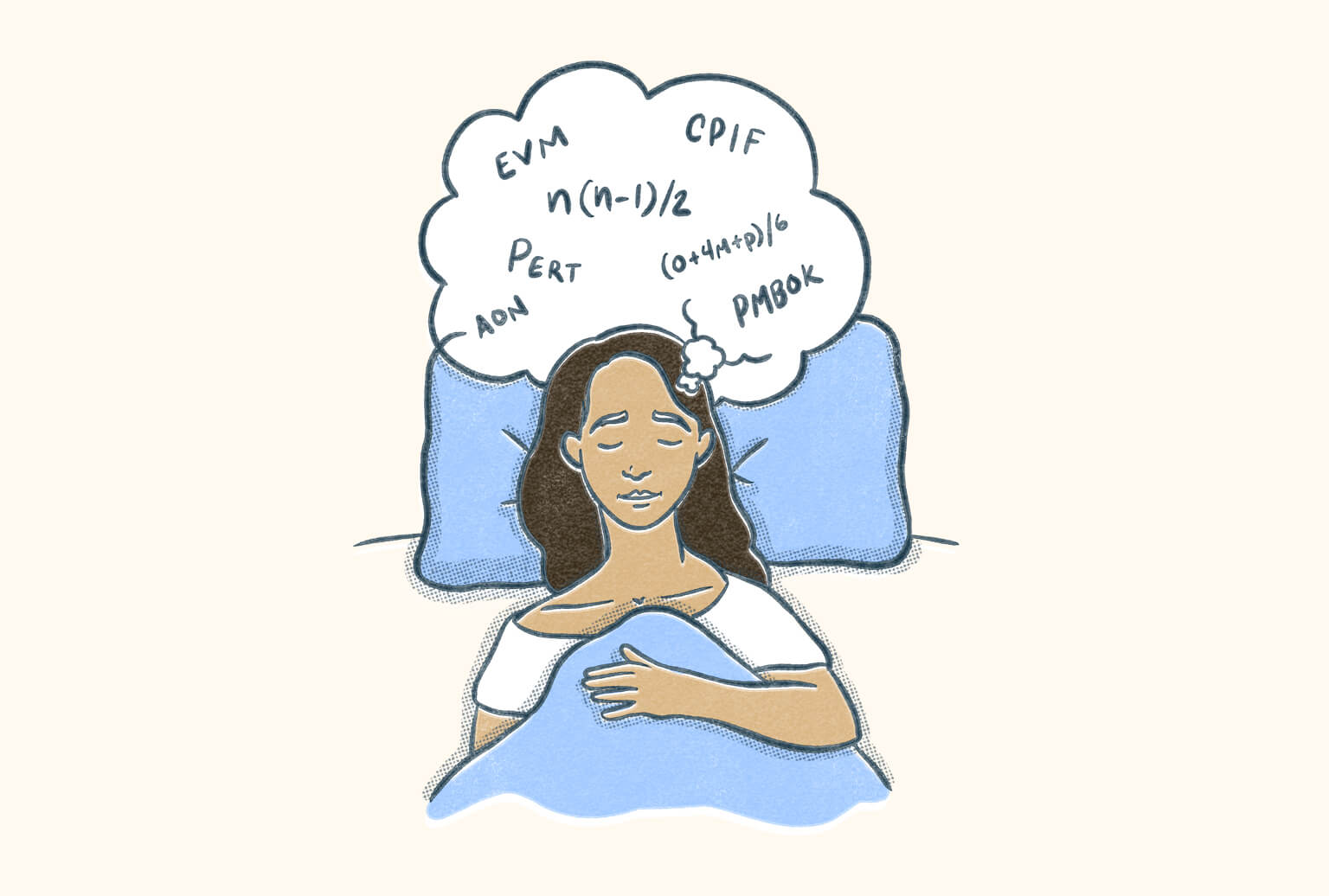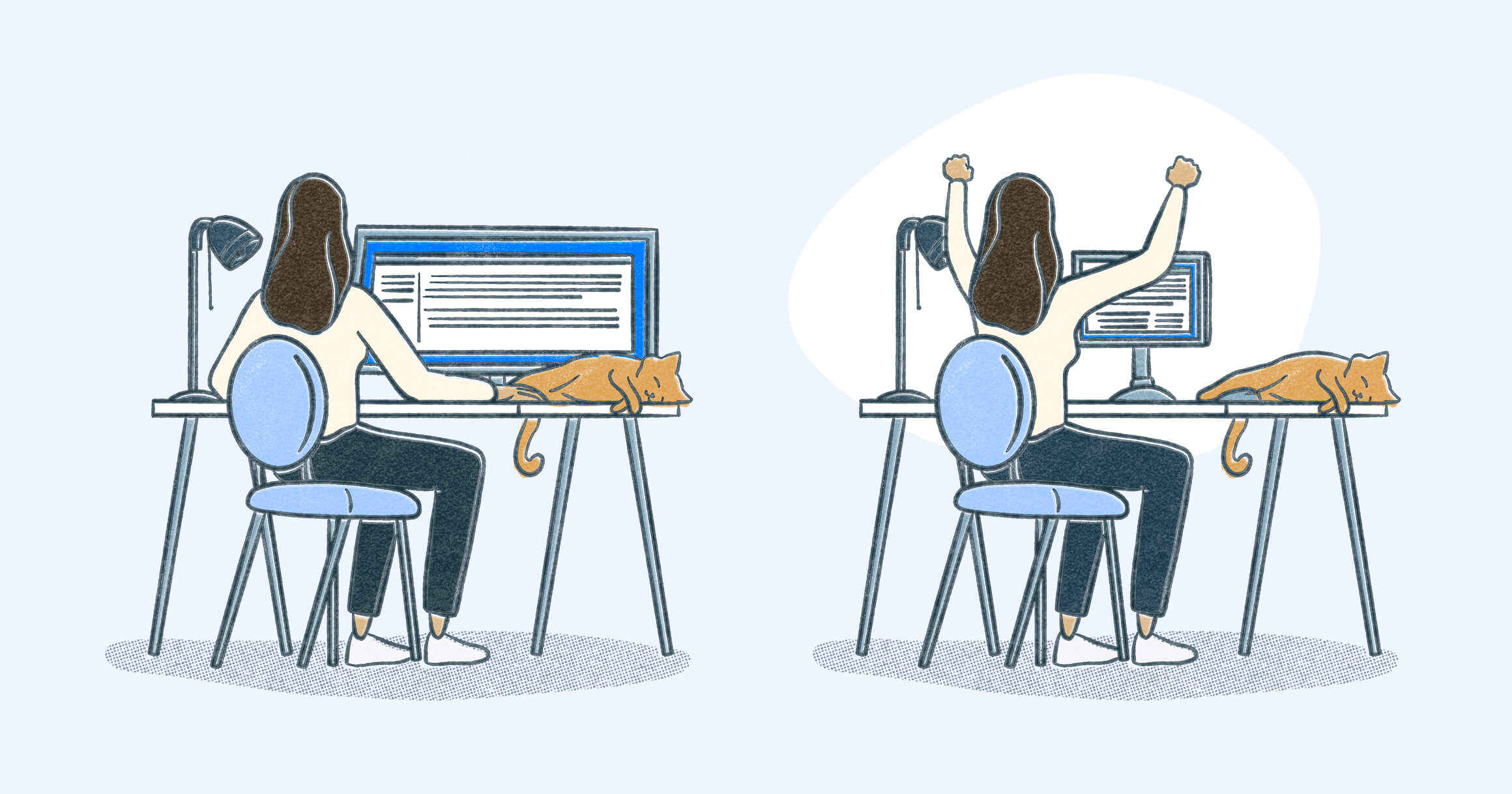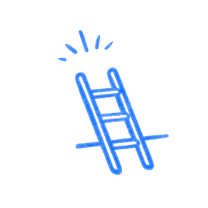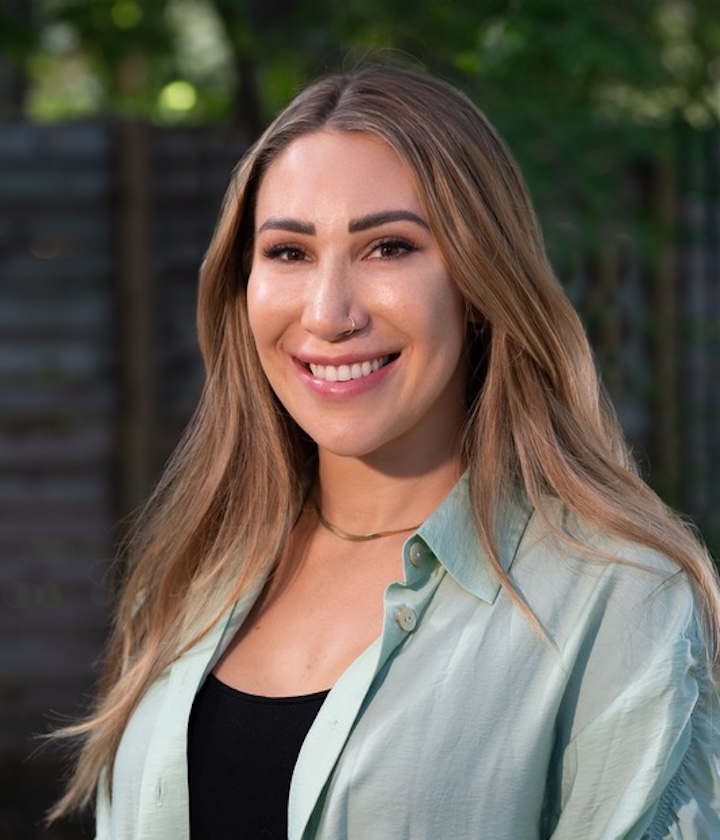I’ve never been a good student or strong test taker; likely because I never bothered to study. From elementary school to college, I was the last one to turn in tests. By college, I was choosing to take the majority of my classes online so I could take tests online and limit my chance of distractions. At college graduation, I figured finals were the very last of the tests I’d ever take.
Turns out, I was very wrong.
I started working at Pocket Prep full-time in 2014 and have learned the countless values of obtaining certification credentials.
I’d been thinking about studying for the PMP exam for quite a while, but life kept getting in the way and I never made a true effort to start. I couldn’t even make sense of how to begin since I’d never truly learned how to study.
By July 2020 with COVID-19/quarantine in full force and nothing else to do, I decided to take the plunge: learn how to study and master the PMBOK Guide. I scheduled my exam online through Pearson Vue for December 23, 2020.
How My Study Process Began
I began with little knowledge other than what I’d seen in Pocket Prep’s PMP test questions. I didn’t understand what inputs, tools and techniques, and outputs (ITTOs) really meant.
I decided to begin by reading the PMBOK Guide, 6th Edition while making notes in a Google Doc on the ITTOs and terms. I took high-level notes and used them throughout my six-month study process as a reference tool to quickly look and see how well I learned terms as time went on. I finished this segment of studying around September 15.
At this point, I began using Pocket Prep’s PMP prep app to supplement my studies. I got a lot incorrect at first, but kept at it as I continued my studies with other books and mock exams.
Tip: don’t get discouraged if you’re not scoring high at first. The PMBOK Guide is a massive amount of information to be ingested slowly to ensure you fully understand all concepts. Trust me–you’ll need to really understand it come test day.
Continuing the Reading Trend
After completing one pass through the PMBOK Guide and taking initial notes, I dove into Darron Clark’s PMP Exam Prep 3rd Edition book. The relaxed tone and case studies were helpful in providing more clarity. I finished this segment of studying around October 30.
After the Darron Clark book, I read through the Rita Gladwell PMP Exam Prep 2nd Edition book. While a short read, this book was incredible for helping me clear up contract types, cost estimations, and Earned Value Management (EVM).
I have a learning disability called dyscalculia (similar to dyslexia) and have always struggled with even basic math, so I dedicated a large amount of time to learning the formulas and calculations on the PMP exam. This book broke down everything in such a simple way, and its prep questions were actually pretty spot on to the actual PMP exam difficulty.
After finishing this book, I knew the PMP formulas inside and out and was having frequent dreams (nightmares?!) about them! I finished this book around November 15.

Rinse and Repeat
At this point, I continued on by cycling through my resources, online forums (thank you, Reddit), blog posts, and Andy Kaufman’s YouTube videos. Because studying for a difficult exam and working full time weren’t enough, I threw in a full house renovation!
We started in early October and I was pulling 18-hour days between working on the house, working for Pocket Prep, and studying at night and during meals. The Professional Pocket Prep app saved me here! I was able to lay in bed without disturbing my partner and go through about 50 questions each night.
I thoroughly reviewed all answer explanations and made sure the information stuck in my head. If I didn’t understand something or wanted to review again later, I flagged it. Pocket Prep includes references to the PMBOK Guide page(s), so I was able to easily find more information about each topic in question.
I did one online mock exam on December 20 and answered with 142 correct out of 200 (71%). After reviewing what I got wrong, I felt ready for the exam and the questions that would come.
Test Day – December 23
My test was at 11:45 AM with an 11:15 AM check-in. I took the pictures of my office and my face per the Pearson Vue instructions and waited for my proctor to greet me. She checked me in, and my exam began.
My six months of studying seemed to fly out of my head as I blanked out on the first question. Full-on panic set in and by question 40 of 200 and I knew my chances of passing were slim. My 10-minute break came at question 90.
The final 110 questions seemed to be easier than the first 90. I got more questions that I could easily answer or at least narrow down two of the best choices. The last 20 questions were in sync with the timer – 20 questions in 20 minutes.
My usual testing issues of taking too long were haunting me again and it was a race to beat the clock. I answered as best as I could and ended my “review” of the flagged items with about ten seconds left.
A very short, sad message came up letting me know I failed the PMP exam.
The next six hours consisted of me cycling between sobbing, yelling about how dumb I am, and drinking the annoyingly ironic, yet delicious celebratory champagne my partner bought for me.
How did I fail knowing that I could stand in front of anyone and speak clearly about what I’d learned over the last six months? The next morning, I stopped the self-loathing and picked myself up when I got my score report. I had barely failed. I had the lowest possible score in Planning which is a huge part of the test.
My Results:
Initiating: Target (T)
Planning: Needs Improvement (NI)
Executing: Target (T)
Monitoring and Controlling: Above Target (AT)
Closing: Below Target (BT)

If At First You Don’t Succeed…
I knew the exam was changing in January 2021, so I decided to throw a Tom Brady-quality “Hail Mary” at taking the PMP exam again. I went online to the PMI website and snagged what looked like one of the last appointments of the year. I was hoping for a bit more study time, but the date was set for December 28 at 9:15 AM.
Here’s what I did:
I read through, and I mean THOROUGHLY read through the PMBOK Guide again from page 1 to 726 (yeah, I even read the glossary). I remembered some of the test questions and applied them to what I was reading to make some better connections with the material.
I pulled 10-hour study days, even on Christmas. I also watched all of the Aileen Ellis YouTube videos which helped me understand how to ignore what I personally think the correct answer is and choose what the PMI is asking for.
You MUST know how to answer the “what would you do next” questions to successfully pass the PMP exam. Aileen’s videos helped me quickly apply the PMBOK Guide’s processes and ITTOs to each question.
In my four-day review, I realized the biggest test day issue I had was my attention span. I originally took the exam on my 27-inch monitor as that’s what I’m used to working on. Pearson’s OnVue system scales to however large your monitor is, so my questions were nearly 27 inches wide putting them on one or two long lines. We know the ideal length of a text block for the web is about 80 characters, so this was really hard to read and process.

Test Day: Round 2
Test day came again all too soon for my very tired brain. This time, I chose to take the exam on my 13-inch MacBook. I checked in and got started. With the smaller screen size, I was able to follow the questions and actually see what it was asking me to identify. This, along with my additional four-day ‘Super Sad Self-Bootcamp’, had me conquering it.
I knew I was going to pass.
I finished my 200 questions with roughly an hour and ten minutes left to spare. I diligently went through my flagged items vowing to honor my first choice unless I absolutely knew I made a mistake. Out of around 17-20 flagged questions, I only changed one answer. It took me a solid five minutes to click the ‘End Review’ button which submits the exam, but I finally did it and instantly screamed. I passed!
I got my score report the next day and passed with an overall Above Target (AT).
Initiating: Above Target (AT)
Planning: Below Target (BT)
Executing: Above Target (AT)
Monitoring and Controlling: Above Target (AT)
Closing: Above Target (AT)

And What Did We Learn?
I studied, I prepared, I failed. It happens. The key things for me were figuring out why I failed and how things could be different the second time around. Having a quick mope helped, but ultimately, I knew ‘getting back on the horse’ was the only way forward.
Failing the first time doesn’t mean you won’t succeed in the future. Learn from your (or my) mistakes and move forward. Good luck!
If you’re ready to take the PMP plunge, we can help. Using the Professional Pocket Prep to supplement your studying like Michelle did might be a great way for you to prepare. When you’re ready, we’re here to help you succeed.


